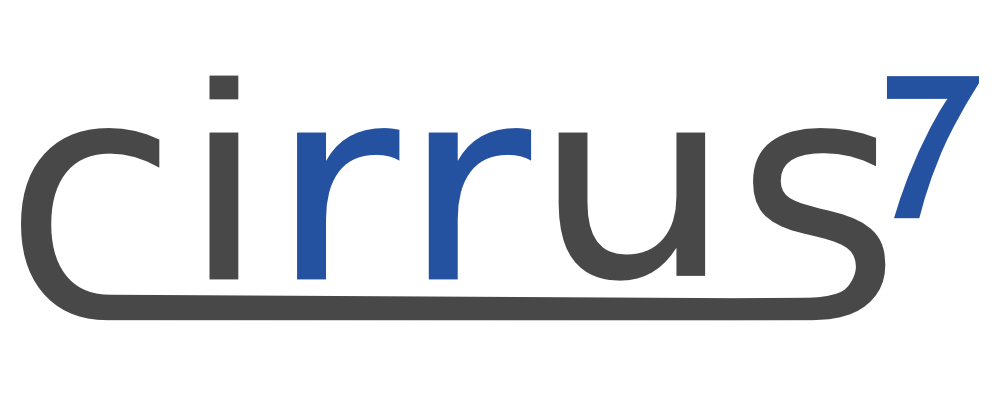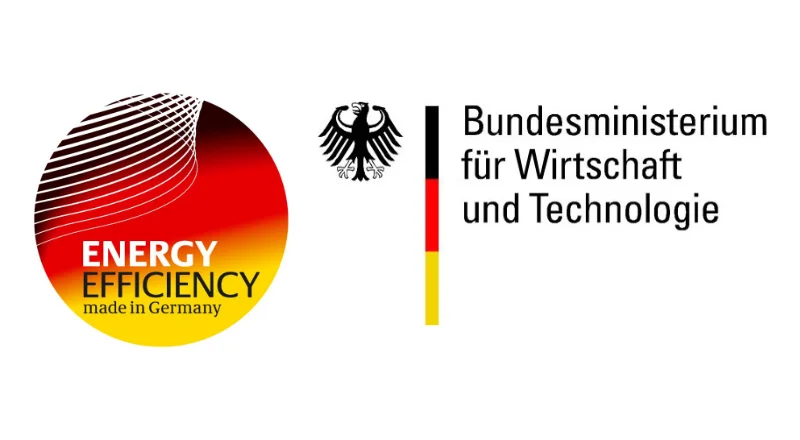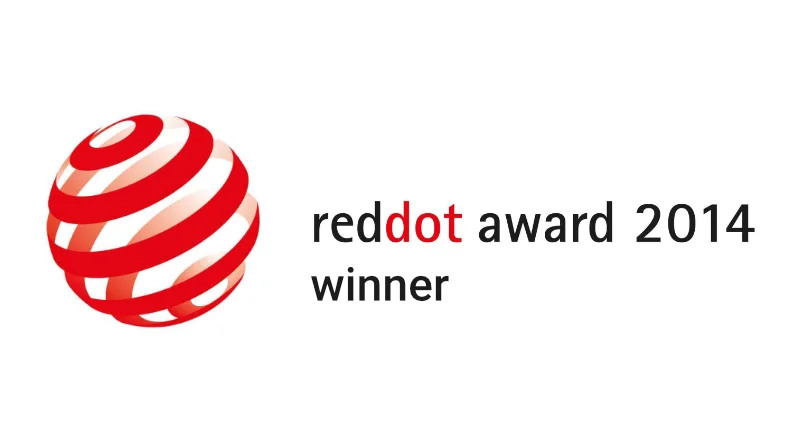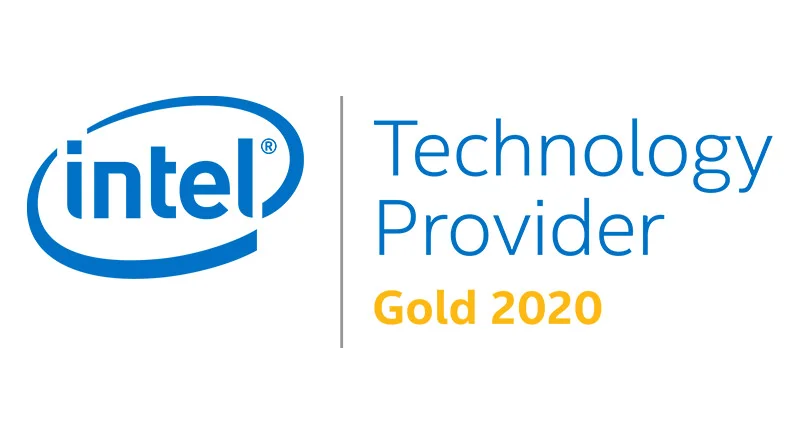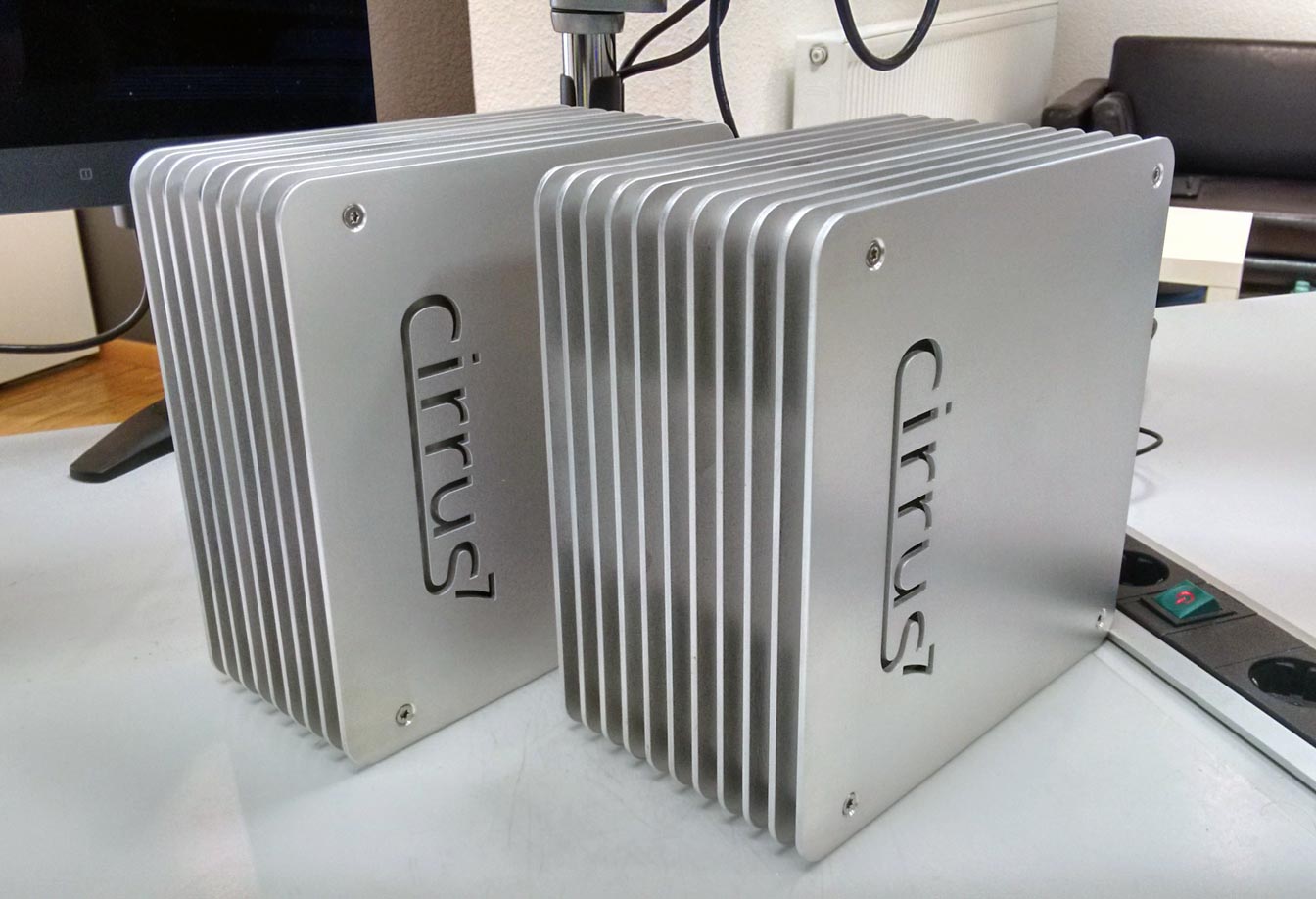
While the Standard Edition of the cirrus7 nimbusGood cooling performance for daily desktop work – but there are application scenarios that require better cooling performance.
Especially suitable for this are the Extended Edition and Extreme Edition . The Extended Edition is designed to handle CPU-demanding applications that create a sustained load. This includes, for example the permanent operation of multiple virtual machines, as well as 3D rendering.
The Extreme Edition goes one step further and offers cooling even for synthetic loads and number-crunching tasks that permanently require all units of the CPU.
Due to the modular design of the cirrus 7 nimbus , the cooling capacity can be increased simply by adding additional cooling layers. Adding another cooling fin increases the overall height by 12mm. Even the Standard Edition uses this principle. For example, on CPUs with 45W TDP , we use one more layer to compensate for the extra waste heat compared to the 35W TDP CPUs. Depending on the configured CPU, the standard edition is 51mm or 63mm high.
Extended Edition and Extreme Edition in Comparison
The Extended Edition uses 3 additional layers, and the Extreme Edition has 5 layers.
But that’s not the only way to improve cooling performance. In addition, improved heat spreaders are also used. (With the heat spreader, the heat is transferred from the CPU directly to the cooling fins.) In the standard edition, the heat spreader consists of 3-layer 6mm thick aluminum. In the Extended and Extreme Edition, the Heat Spreader is milled from solid . This ensures improved heat transport. The Extreme Edition uses solid copper instead of aluminum to maximize heat conduction. The copper heat spreader has a weight of 1.2Kg.

Heat Spreader from left to right: Standard Edition, Extended Edition and Extreme Edition.
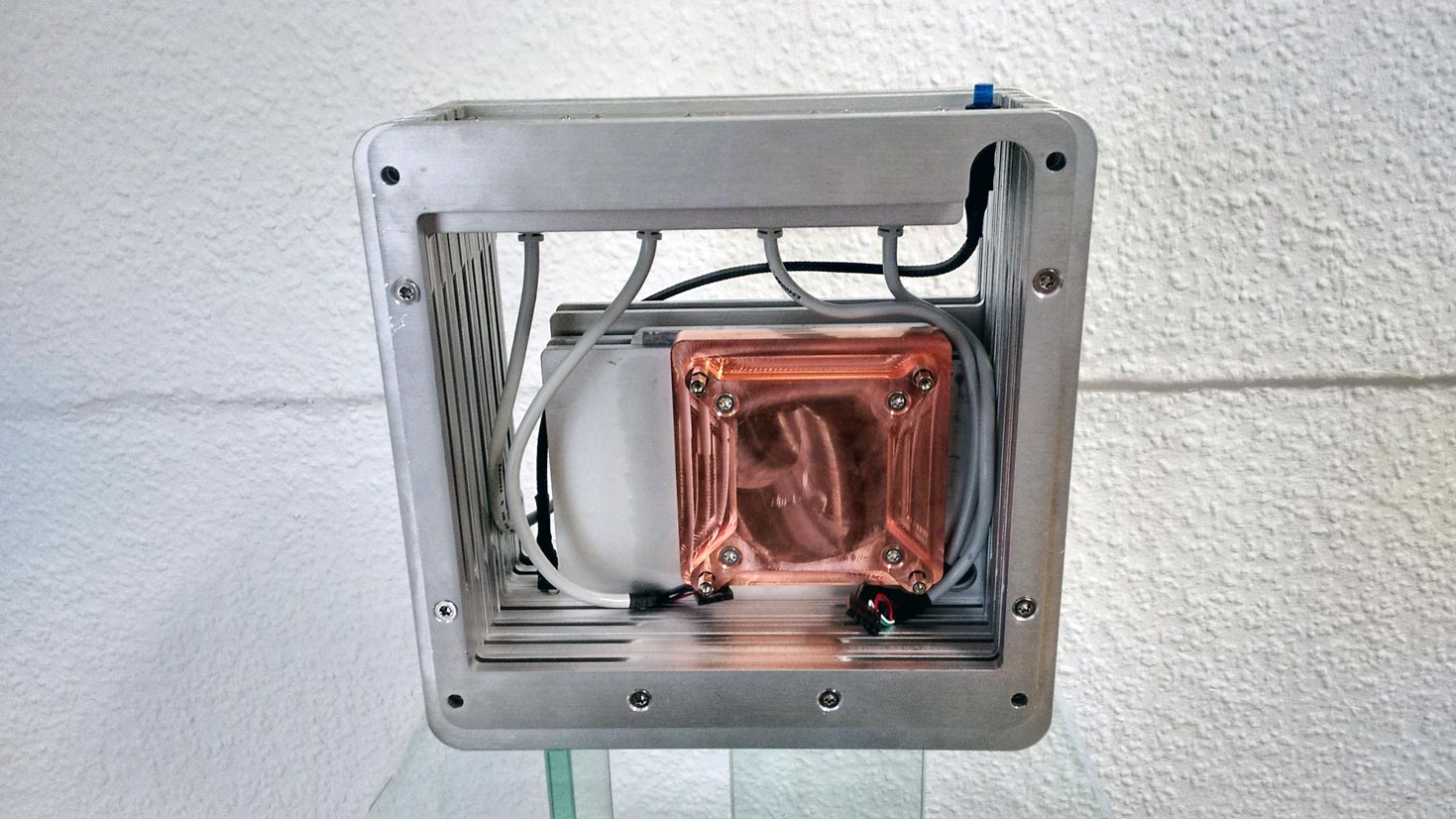
built-copper heat spreader in open housing
